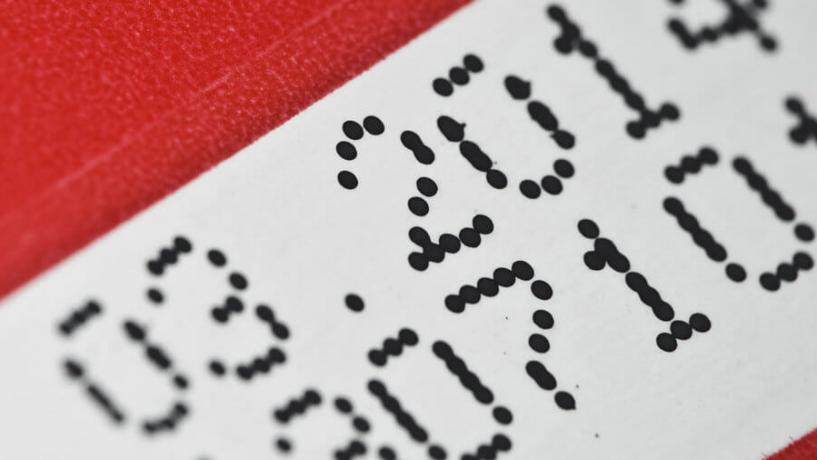
Many people pick up a food item, look at the date, and assume that they can actually keep the food around for several weeks based on that date.
While this could be true in some instances, there are a few things that any consumer needs to understand about those dates. For example, there is a big difference between “use by” and “best by” dates. Whether or not you should keep foods around after the expiration date depends greatly on which of the two dates it includes.
What is “Best By”?
The “best by” date is featured on foods that can actually sit on the shelf for a long time. In fact, these foods should be graded to sit on the shelf for at least two years in order to get approved for using this type of date. In essence, the date you see will mean the food would ideally be eaten before the expiration but has a much longer shelf life. Sometimes, this date will be listed as “best before” and the two terms mean the same thing. More information on how long foods with “best by” or “best before” dates can be found at the Better Health website.
What is “Use By”?
The “use by” date is quite different and needs to be followed much more carefully. Some food products (eggs would be a good example) cannot stay on a shelf for very long before they will go bad. These products include a “use by” date because they should ideally be used before that date comes around. Generally, if the food is stored properly, one can consume it a day or two after the date, but it is better to always follow the “use by” date at all times in order to avoid food poisoning.
As a consumer, it is vital to know how to look at the dates included on foods and how to differentiate between the two different types of dates that food manufacturers are legally required to use.





